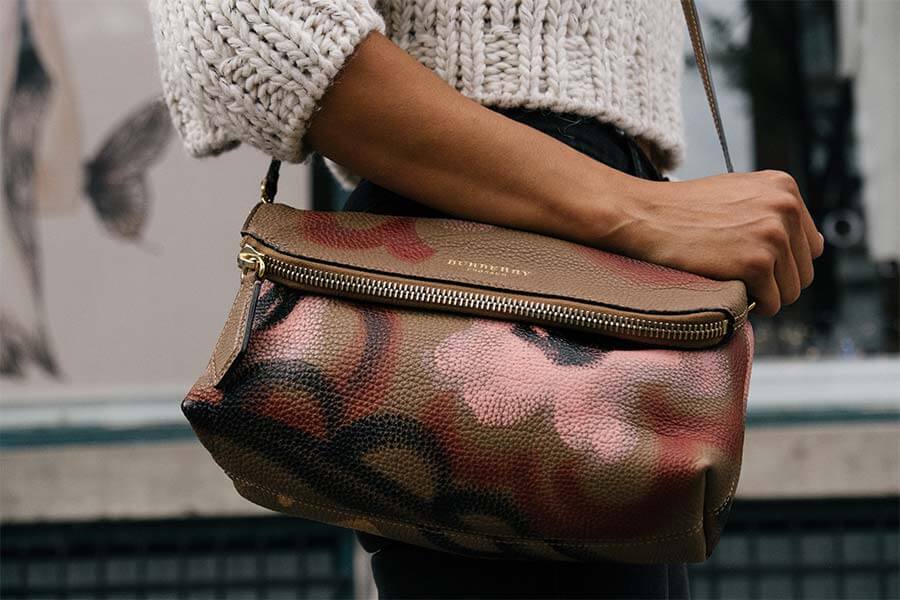Luxury brand pricing strategy hinges not just on finding the right balance between exclusivity and availability but also on being able to provide consistency across various countries and product ranges. The price of any product stemming from a luxury brand must reflect the key messages of any luxury brand; quality, heritage, and exclusivity.
This is different from premium brand pricing where the product is freely available to those willing to pay the price. Luxury, however, is all about being a part of an exclusive club; be that at the high end of its products and pricing or low end entry level products.
This consistency is key to brand success according to Lyle Maltz, Director at Kantar Consulting. “Luxury brands are now responding to millennial consumers who want, over anything else, trust in the relationship and when it comes to pricing that means transparency. Key to retaining customers for a luxury brand is having pricing consistency to encourage loyalty,” he says.
“Consistency and transparency in pricing serves to reinforce trust and authenticity and the whole brand ethos,” he says.
Consistency
Consistency is important when luxury brands are playing globally. For example, some jurisdictions have higher taxes than others, and there are always currency fluctuations, but, in general, the price must be consistent in order to keep perceived differences in value to the absolute minimum and maintain a brand’s integrity.
This was amply illustrated in 2015 when Chanel was faced with depreciation of the Euro. This made prices in Europe much more affordable for Chinese consumers, so the company then raised its prices in Europe to reflect the currency fluctuation and discourage people making round trip to Europe to buy en masse.
But this was confusing for Chanel’s customer base overall, and the risk to the company was a distortion of the perceived value in different local markets. This was not the only instance of pricing inconsistency. Chanel also found that within the Asian marketplace consumers from mainland China had realized that their domestic pricing was higher than the cost of flying to Hong Kong to make a purchase.
Maltz comments: “This was disingenuous as a pricing strategy and damaged the allure of the brand. Chanel has since put significant effort into bringing prices into line globally and its brand value has recovered accordingly,” he says.
Digital
But it is not just geography where consistency is needed – the increased importance of digital channels and online availability of products means that attention to luxury brand pricing strategy is needed here too.
A report by Contactlab and Exane BNP Paribas’, Online Offer Dive & Pricing Landscape (May 2017) found that : “Consumers buying luxury goods both online and in-store spend around 50 percent more per year than in-store only customers.”
The report also said that luxury brands are trying hard to converge their online and in store pricing and to increase the range of products available online. “The battle to retain exclusivity and personal relationships with customers buying online is seeing luxury brands increase their online product offering. Fendi, Louis Vuitton, Saint Laurent, Ferragamo, Moncler, Bulgari, and Cucinelli all increased their online product offer more than 20% in FW 2016/17.”
Maltz says: “Digital is hard to judge- often with very highly priced items people want to feel and touch the product but again the pricing needs to be consistent and the key with digital is to get the looks and feel of the brand across digitally.”
“A good way to do this to be able to reinforce the brand and the price is to provide some sort of style advice, a story board on how the product has been made, and a lifestyle blog. This makes a website more than just an online shop – it adds value but it all has to be in line with the brand’s overall look, feel, and message.”

Entry level
Another part of the pricing puzzle is entry level products that are designed to pull in customers who cannot (yet) afford the brand’s high value items. Again, consistency in luxury brand pricing strategy needs to be applied.
Maltz comments: “There is scope to provide entry level products that offer a taste of the brand but again the price must reflect the brand values. Tom Ford lipsticks for $45 are a good case in point.”
“The idea is that aspirational consumers buy into the brand; its heritage, its values, and its quality. The price however still needs to be high in comparison to other products so that the core appeal of a luxury, quality product and brand integrity overall is maintained.”
And the Contactlab report reported: “The average brand median price has increased around 3%, and entry prices are almost flat. Bulgari, Zegna and Hermes have significantly increased both median and entry prices. In contrast, Dolce & Gabbana, Tiffany and Burberry have reduced both median and entry prices, making their products more affordable. As a result of this, their products are more accessible to the consumer population.”
This differs from pure luxury in that the product in question is not exclusive and is available to all consumers. But the difference lies in that the consumer is buying into the luxury brand. For example, the Chanel and Dior luxury brand pricing strategy with watches being priced similarly to premium Swatch, but the consumer preferring the cachet of the luxury brand.
In this case, the product itself is different to the high priced products. But what of diffusion ranges where the product is the same i.e. a bag, but the material or the production differs?
Maltz cites Vera Wang as an example of a successful diffusion range where the brand has not been damaged by the provision of a less expensive alternative.
“With the White by Vera Wang range there is a difference in the fabric used and the way that the dresses are made, however, the quality of the design and the brand is maintained, and the quality of material is appropriate for the price point. Prada was able to successfully market a line of bags made from Nylon rather than leather. In both cases, the message was clear to consumers and the intention of not replacing the primary luxury line was clear.”
When considering luxury brand pricing strategy, whether it be pure high end luxury or entry level, brand consistency seems to be the key element and the pricing must feed into the brand, not the other way round.
Maltz summarizes: “People buy into brands not just the prices within those brands so the pricing of any product housed under a luxury brand has to reflect that brand’s values. Brand is everything and pricing is just a component of that.”
Photo credits:
Serge Kutuzov, London Scout, Unsplash
